Ew, a mouse! If these rodents send shivers down your spine, you are not alone. Mice are a common problem in many homes.
Once you have a mice problem in the home, the easiest way to deal with the problem is to seal the entrance points. Otherwise, the problem will continue. To do this, it is best to call a mice exterminator who has all the necessary tools to not only catch the mice but to seal the entry points.
Since most mice are small, they can get into the home through small openings. Once in, they can start reproducing and create a big problem for the homeowners. In general, if you see one mouse in the home, there is a strong probability that there are more.
The key to eliminating mice in the home is to know how and where they entered the home in the first place. Then, you can call a pest control Markham service for help. However, finding the entry point of mice entry into the home is not always obvious and can be fairly difficult if you have a big place.
Here are eight ways on how to find mice entry points in your home:
1. Small Holes Outside
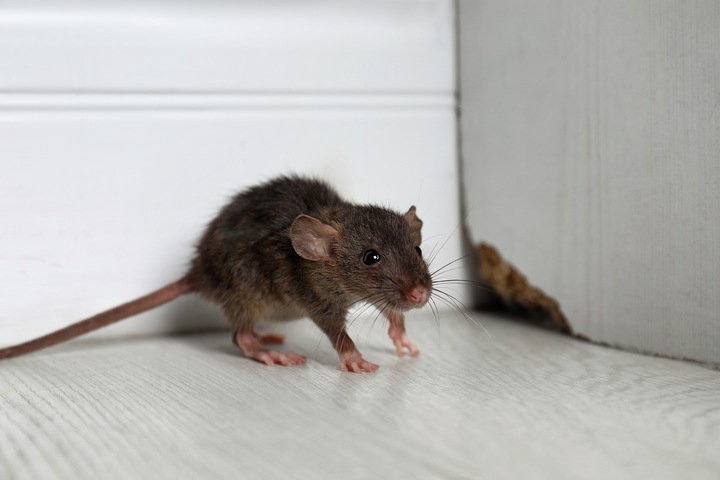
To find mouse entry points, start by looking for small holes around the exterior of the home. When a small hole is present on the outside wall, it can become a potential entry point for the mice. Mice are excellent at digging, and over time, the hole may get large, or multiple holes may appear.
In many cases, the holes may be hidden by vegetation or tall grass, so you need to look closely. These holes are usually the most common way mice get entry into a home.
2. Cable Wires
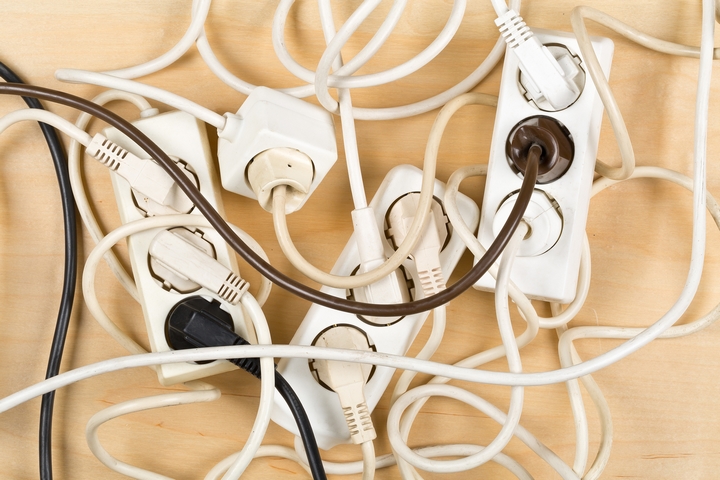
In most homes, cable wires are run through the exterior wall into the home. Unfortunately, if these cable holes are made too low near the round, it is a perfect entry point for mice.
You need to check the TV wires, satellite dish wiring, telephone lines, and the internet cables to ensure that they do not have a large hole for the mice to enter. If you no longer need the cable, plug the hole with silicone to prevent future entry.
3. A/C Pipes
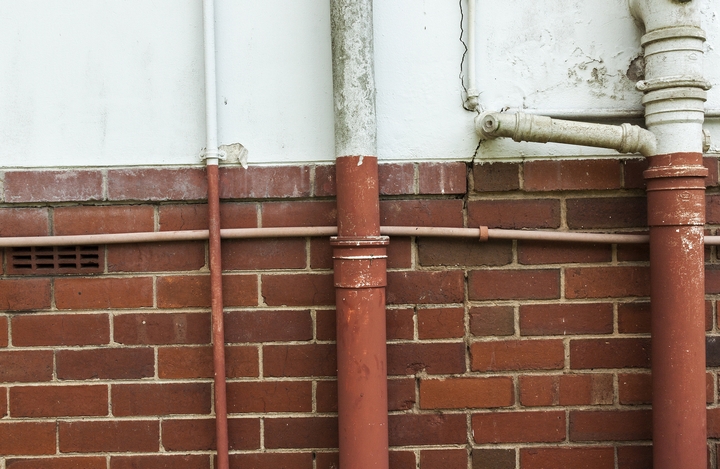
The external air conditioning unit usually requires a large hole in the exterior wall through which the equipment is passed into the basement. This is a common spot for mice to enter the home.
You must frequently check the pipes from the AC that enter your home and seal any loose holes. There should be no gap because mice with their strong teeth can easily dig through.
4. Holes in the Roof
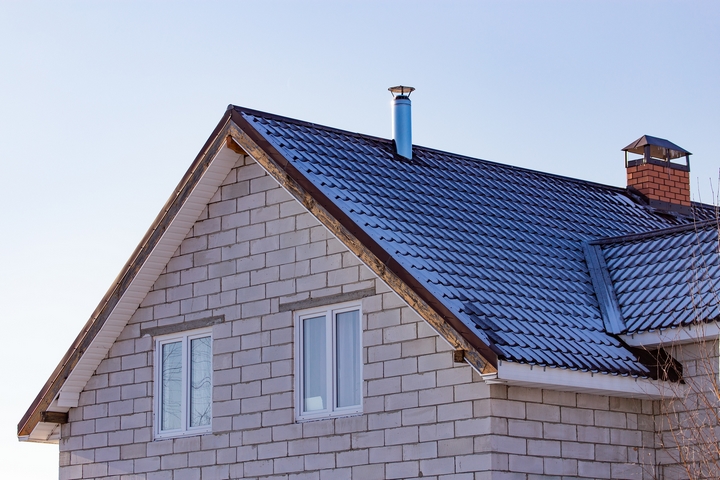
Mice can easily get up on the roof, and if there are any holes in the eaves, they can enter the home. Mice usually get to the roof by climbing onto nearby vegetation or trees. While most homeowners are not able to check the roof, if you suspect that there are mice in your home, you need to get a roofer to check the roof as this could be one way in.
5. Gaps
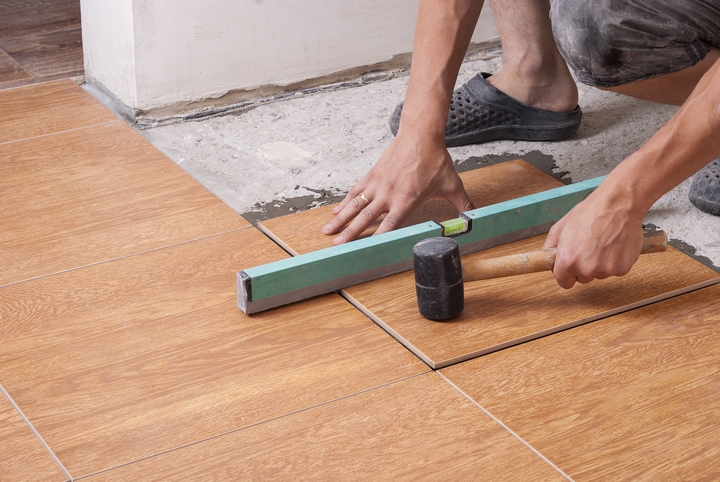
Another place for mice to enter the home is through gaps in the door and window frames. In many cases, the small gap underneath the door is more than enough to let a mouse through. This is very common with old doors and windows. Thus, you should inspect all the doors and windows for gaps and have them sealed.
6. Ventilation Flaps
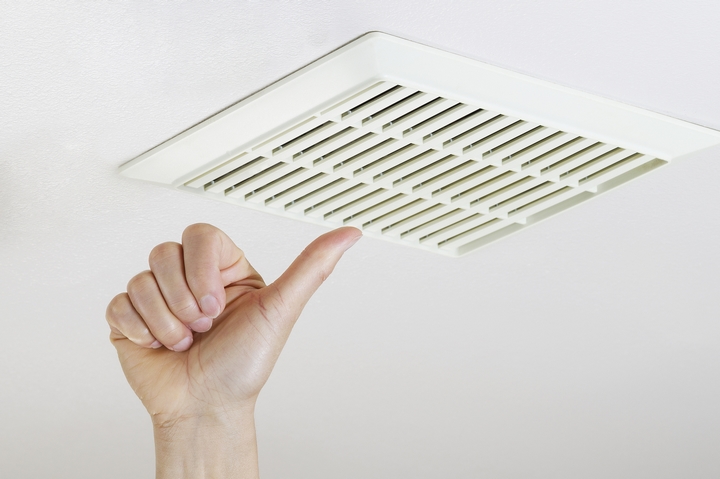
All homes have ventilation flaps located in several places on the exterior wall. These flaps typically have large spaces, and mice can easily get through and enter the home.
Most modern homes have a mesh-like fabric in the ducts to prevent the entrance of mice and other creatures, but some older homes may not have this mesh. If you have a mice problem, you need to check the ventilation flaps and ensure that there is a protective net to prevent the entry of mice.
7. Are Your Windows and Doors Open?
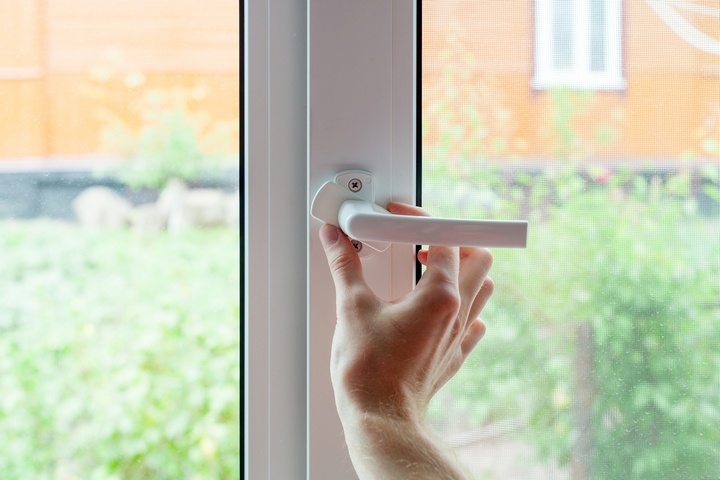
People who leave their doors and windows open at night, risk getting mice into the home. While some countries of the world are so hot, you need to keep the windows open, but this is an open invitation to mice and other animals. Try and close the windows and doors at night.
Some people even leave their garage door open, or there may be a large gap in the garage door-this is a common entry point for mice. If your garage door doesn’t seal properly on all sides, you should install a new door.
8. Heating Equipment
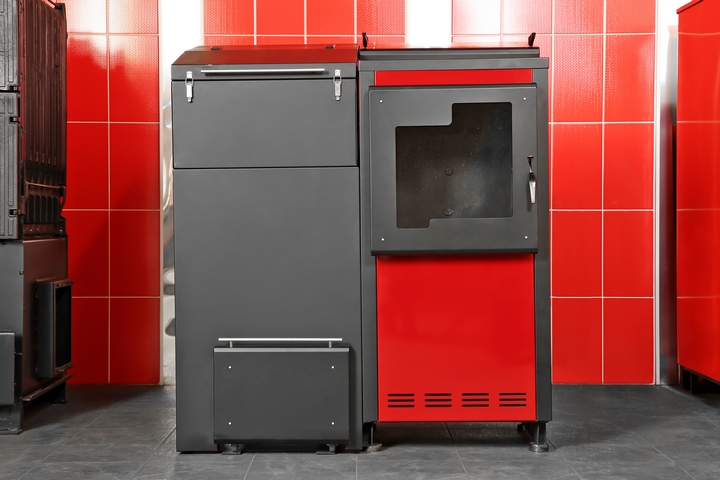
Some homes may have solar panels, electric wires, or a gas furnace with an external outlet. All these types of equipment may have a small gap for a mouse to enter. Other entry sites include the chimney and cracks in the foundation.
